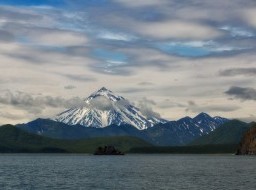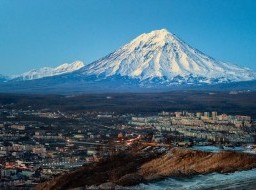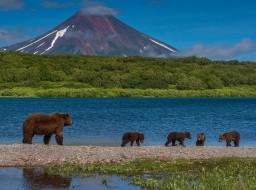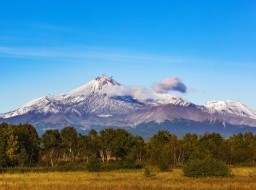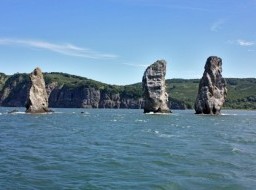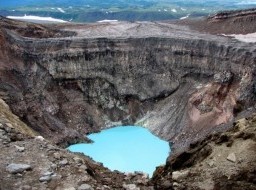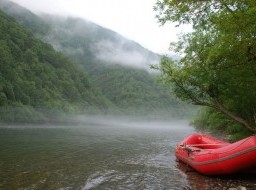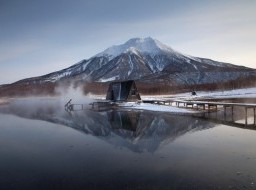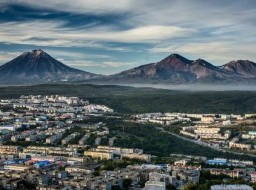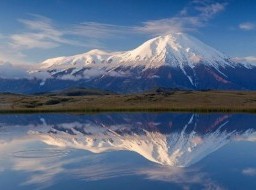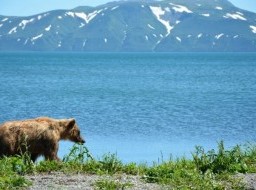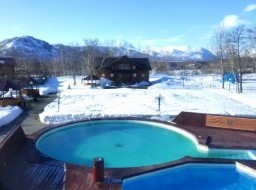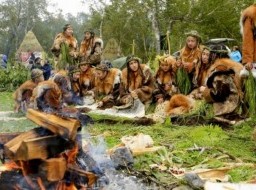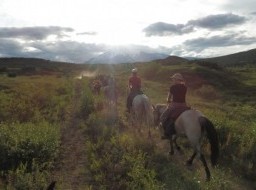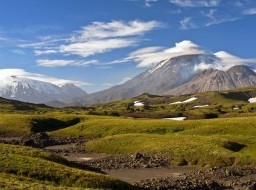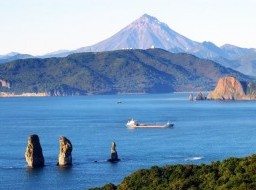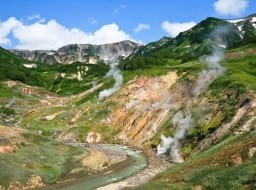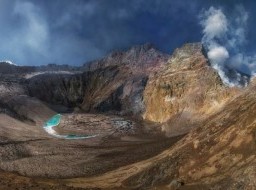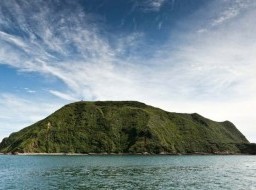Commander Islands
The Commander Islands are situated in the Bering Sea east of the Kamchatka Peninsula. They were discovered by and named after Commander Vitus Bering in 1741 and were uninhabited when discovered. In 1825, Aleuts from the Aleutian Islands were relocated to the Commander Islands to expand the Russian fur trade and bolster Russian claims to sovereignty over the islands. They settled on both Medney and Bering but today the entire population of approx 800 people live in the small village of Nikol’skoye on Bering Island. The history of the Commander Islands will be an integral part of all Commander Islands voyages. The Commander Islands are one more preserved area of Kamchatka Region. They are included into Commander state natural reserve. They are: two large islands called the Bering and Medny ones and two small cliffy islands - Arii Kamen' and Toporkov Islands, where one can find nothing except bird colonies. The Medny Island was named after a serving man Dmitry Nakvasin, who found there native copper in 1743. It looks as waves of dark-green slopes in summer and white - in winter, beyond which there are mountains. All these mountains and tundra are surrounded by shore-walls with small bays scattered here and there. On summits of hill-waves there is lichen; below there are berry-fields, rhododendrons and the cereals. In rivers' and brooks' valleys there is dense grass of man's height and low-growing thorny bushes. The Bering Island stretches from northwest to southeast for 75 km. It is 15-20 km long. The landscape of its northern part is rather smooth and flattened. It is possible to walk along the shore line almost everywhere. Its northern part hilly tundra. The south of the island is mountainous. The Commander island was named after the leader of two Kamchatka expeditions of the 18 century, a brave navigator captain-commander Vitus Bering, who had been living there together with the crew of the ship "St. Peter" for 9 months and died of scurvy. Long search of commander's grave was crowned with success in 90s' of the 20 century. A cross enclosed by an anchor chain has been put up on the Bering Island. There is a bronze bust of the great navigator near it. All islands were named in honour of all his services. The iron cross and tombstone have been also put up in the place of Bering's burying-place. Northern fur seals are undoubtedly the main sight and wealth of the Commander Islands. In late April the first male adults appear on seal-rookeries. Fur seals hibernate near the Japanese Islands and having spent there the severe season come back to the native places. Male adults take plots of 20-25 sq. m for their harem (in each one there are about 100 female fur seals). Females swim to the island and come ashore to give birth to the young in June. In August all harems disintegrate and in November young fur seals having learnt swimming and catching fish leave the island together with parents. Water is fur seals' element. Arctic (blue) foxes are hosts of the Commander islands. They feel quite well in the man's neighbourhood and become very impudent. In the southern, almost the most impassable part of the Bering Island there is a small reindeer herd which had been brought there from Kamchatka twice before it adapted to the new food. Rivers of the Bering and Medny Islands are spawning grounds for the Pacific salmon. The main spawning ground is the large Saranny lake. Sea giants or whales in habit waters along the Commander Islands shores. One of the bays located in the southern part of the Bering Island is called Bobrovaya (Beaver). Many sea beavers or sea otters lived there. These wonderful animals as well as Steller sea cow were exterminated there. But fortunately a place was left to re-introduce them from as sea otters lived near the Medny Island and the southern tip of Kamchatka. It saved Bering sea otters from extinction. By the time of V. Bering's expedition there was no other habitats for Steller sea cow (monatee) except the Commander Islands. The meeting with the man became fatal for it. By 1768 for 27 years it had been completely exterminated. We have nothing but the description of that unprotected animal left by the naturalist Steller and the cape on the Bering Island was named after it. |

